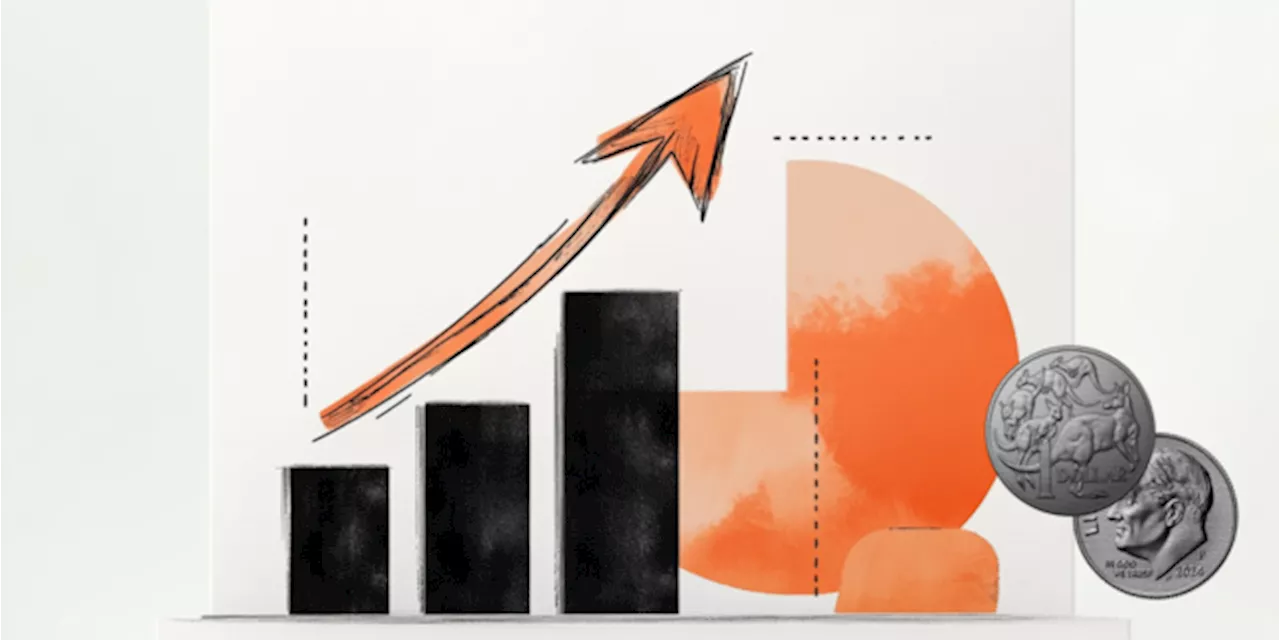The Australian Dollar (AUD) appreciated against the US Dollar (USD) on Wednesday, trading at approximately 0.6500. This increase of 0.45% marks the fourth consecutive day of gains for the currency, driven by unexpectedly high inflation figures released by Australia’s new monthly Consumer Price Index (CPI) measure.
Inflation Surprises Analysts
The Australian Bureau of Statistics reported that the CPI rose to 3.8% year-on-year in October 2023, surpassing market expectations of 3.6% and the previous reading of 3.5%. This significant uptick indicates persistent price pressures within the economy, potentially influencing the Reserve Bank of Australia (RBA) to maintain a cautious approach as it prepares for its upcoming policy decision in December.
RBA officials have noted that while the labor market has shown some signs of softening, overall employment conditions remain stable. This stability reduces the immediate need for monetary easing. The minutes from the RBA’s November meeting reaffirmed a preference to keep the cash rate at 3.6% for a prolonged period, provided inflation remains above the bank’s target range of 2%-3%. Assistant Governor Sarah Hunter cautioned that monthly inflation data can be volatile and should not prompt a hasty policy reaction.
US Dollar Struggles Amid Easing Expectations
In contrast, the US Dollar continues to weaken, affected by signs of economic slowdown in the United States. The US Dollar Index hovered around 99.80, reflecting a decline as markets respond to increasing expectations of a Federal Reserve rate cut in December. According to the CME FedWatch tool, the probability of a 25-basis-point reduction now exceeds 84%, a sharp rise from 50% just a week prior.
Recent data indicates a cooling economy, with the September Producer Price Index showing easing core inflation and consumer spending slowing down. Retail Sales recorded a modest increase of only 0.2% month-on-month, while consumer sentiment took a hit, with the Conference Board’s Consumer Confidence Index dropping to 88.7 in November.
Several Federal Reserve officials, including Governor Christopher Waller and New York Fed President John Williams, have suggested that recent economic conditions might warrant rate cuts soon. Fed Governor Stephen Miran expressed support for a December cut, indicating he would vote for a 25-bp reduction if conditions remain unchanged.
The divergence in monetary policies between Australia and the United States is expected to continue influencing the AUD/USD exchange rate in the coming days. As markets anticipate fresh macroeconomic data from the US, shifts in monetary policy expectations will likely remain a key driver of the currency pair.
The Australian Dollar’s performance has also been notable against other major currencies. The table below summarizes its strength against selected currencies:
– **USD**: -0.07%
– **EUR**: 0.07%
– **GBP**: 0.00%
– **JPY**: -0.23%
– **CAD**: 0.11%
– **AUD**: 0.38%
– **NZD**: 0.91%
– **CHF**: 0.12%
As the economic landscape evolves, traders remain vigilant, looking for indicators that might prompt further movements in the AUD/USD pair. The interplay between Australia’s inflation figures and the Federal Reserve’s policy stance will be critical in shaping currency trends in the near future.
